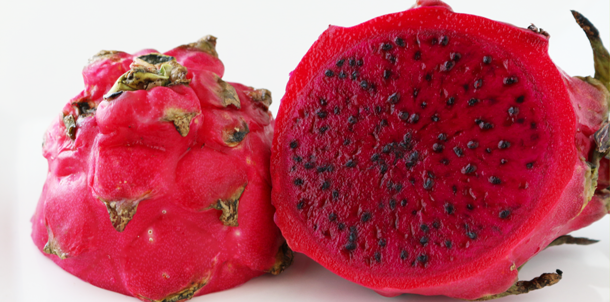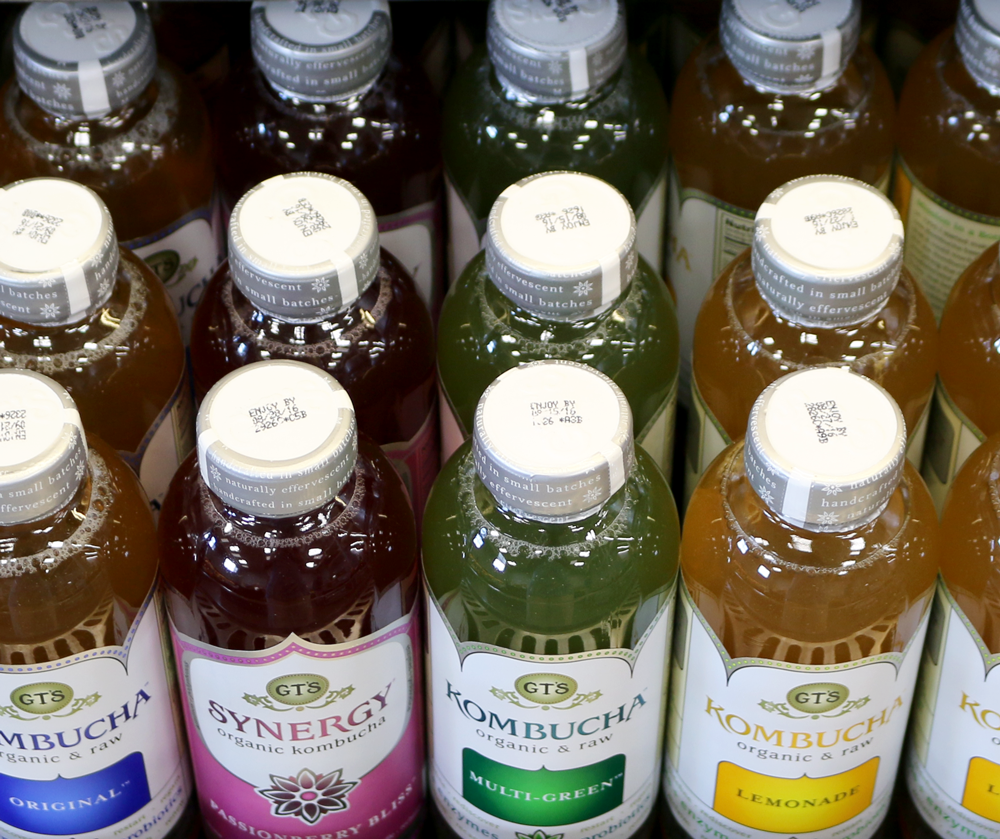Exciting Fruit Superstars!
The latest superstars to arrive on our produce shelves are these colorful and somewhat odd-shaped, exciting fruit varieties. Dragon Fruit This pointy, odd-looking, edible fruit of a cactus species is also known as Pitaya. The inside flesh will either be bright white or deep red, and both types have a similar texture to kiwi fruit, with very mild, subtle flavors. The thin leathery "dragon-like" skin is very easy to slice or peel off the soft, inner flesh. For a refreshing and exciting fruit salad idea, cube up some mango, pineapple and jicama; toss together in a bowl. Top the fruit mixture with slices of peeled dragon fruit to give your tasty tropical fruit salad a very subtle white or vivid red color pop. Star Fruit The mildly tart-tasting, multi-ridged greenish-yellow star fruit is popular throughout Southeast Asia, Australia, South America, Hawaii and Florida. Star fruit is completely ripe when the skin appears mostly yellow, with some brown spots
Read More



